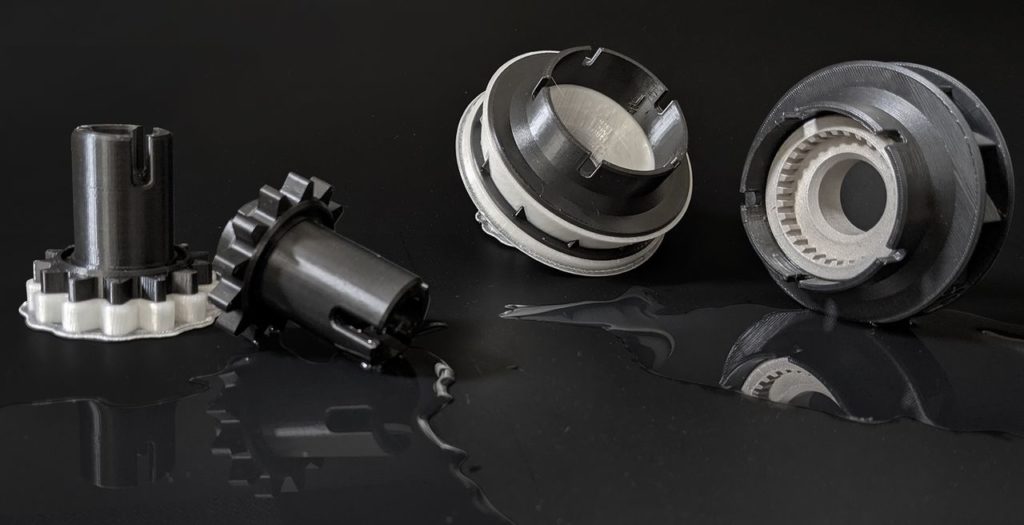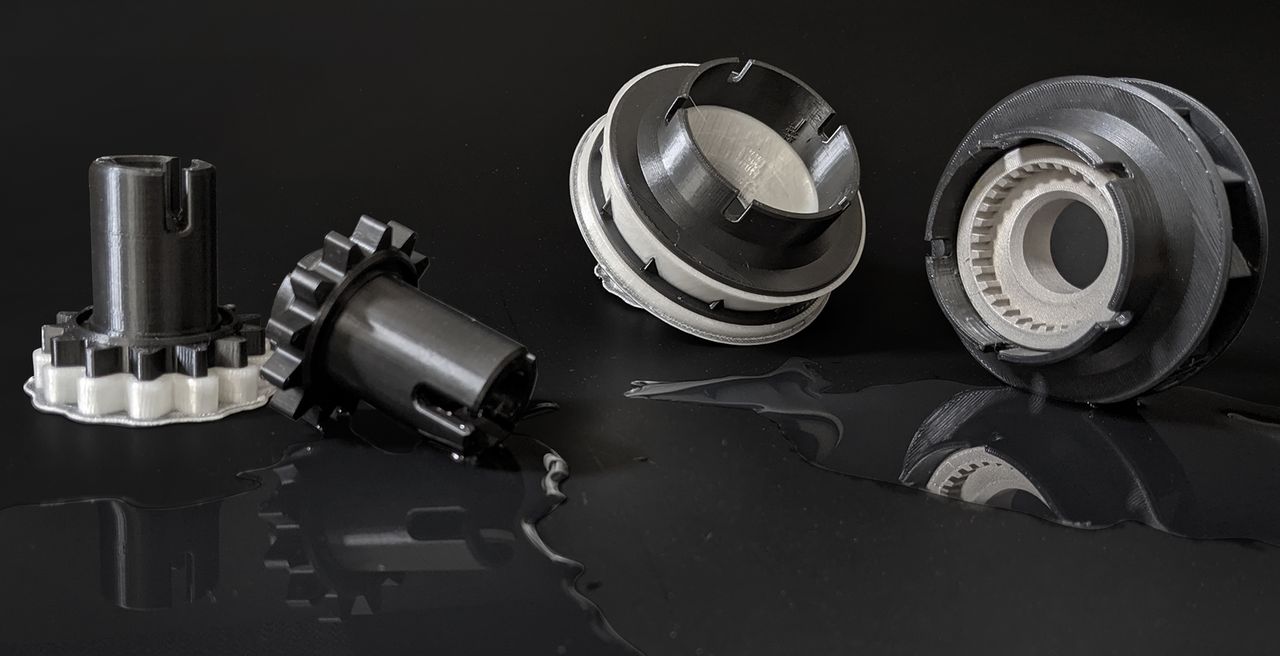
I spoke to MakerBot to get an update on what they’ve been doing lately.
MakerBot, as you may recall, is one of the most well-known names in the 3D print industry. Having launched in 2009 and quickly becoming the darling of the DIY 3D printing crowd, the company’s mission has shifted considerably in their more-than-a-decade of existence.
These days their target market is professionals developing mechanical prototypes as well as the education market. Their equipment, materials and services have strongly shifted in those directions, although they still operate Thingiverse for the larger 3D print community.
In 2021, the company was strongly focused on materials. For their flagship device, the METHOD X, the material availability grew from three materials to 23.
They believe the presence of these new materials will open up many new use cases, and I agree. Many a time have I heard engineers state they are not interested in a given 3D printer unless it can print in a particular material. Thus, with more materials available, there should be more use of the equipment and consequently sales.
MakerBot is looking to innovate with new technologies and the increased breadth of materials has made that happen. They have opened up a materials ecosystem with their Labs program, which allows third parties to provide information on how to best use a given material on MakerBot equipment.
Another focus for the company is “accessibility”. They want to make their equipment more accessible to engineers developing prototypes.
Specifically, they are addressing two areas of concern that form barriers to using the technology: using engineering materials and productivity.
First, while engineering materials can be 3D printed on the MakerBot equipment, how can they be used in a safe manner? Here MakerBot introduced the Clean Air Filtration System, which pushes emissions through sophisticated filters. They even obtained a GREENGUARD certification for this accessory.
This is important because it puts the device’s official emissions under the limits for office use. In other words, many institutions would be unable to place MakerBot equipment on the desktop beside workers unless this certification had ben achieved. Now, they can.
That makes the METHOD X far more accessible, not only because it will be permitted, but because it can literally be on a person’s desktop, within arm’s reach.
The second issue, productivity, largely revolves around post processing. Typical FFF 3D prints require a laborious step to remove support materials, particularly on the increasingly complex parts being designed for 3D printing.
MakerBot attacked that barrier by introducing a water soluble support solution. Their new RapidRinse support system is able to provide excellent support during printing, but then can be dissolved away after printing with warm tap water. This is quite different from many other soluble support solutions that require caustic solvents that cannot be easily disposed of after use. Even better, this support material dissolves very quickly.
MakerBot told me this new support material was developed from ground up along with parent company Stratasys over the course of several years. Stratasys has considerable experience in this area, as their equipment has used soluble support for decades.
To make this easier for buyers, MakerBot is bundling the printer and wash tank together, allowing a US$1500 savings.
Pricing could also be a strategic move for MakerBot, as they said their research indicates many engineers have a signing authority of up to US$5000 only. Thus, if they price their equipment within that envelope, they could see orders coming directly from engineers.
The pandemic has pushed things in that direction as well, because many engineers now work remotely from home. But if the departmental 3D printer is “at work”, then it’s a problem for anyone working from home. By buying another 3D printer that can be placed in a home office, this problem is entirely eliminated.
MakerBot is still quite big in the education market, and that means many freshly minted engineers just emerging from college are already familiar with MakerBot gear. If they are placed at home by their company — and many still are — then a MakerBot METHOD X purchase makes a great deal of sense.
MakerBot has changed so very much over the years, but now it seems they’ve settled into a more profitable niche where they are succeeding.
Via MakerBot

